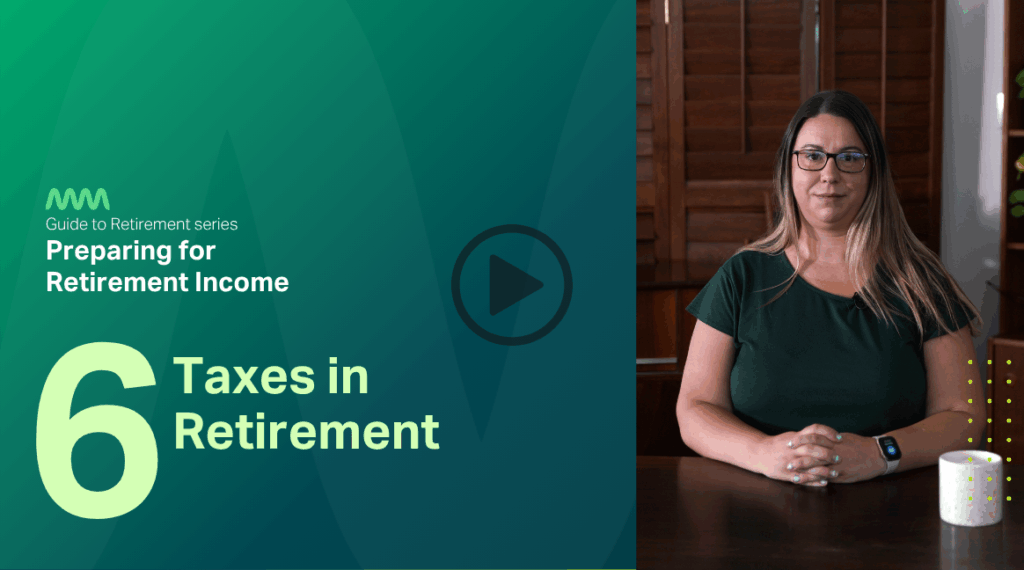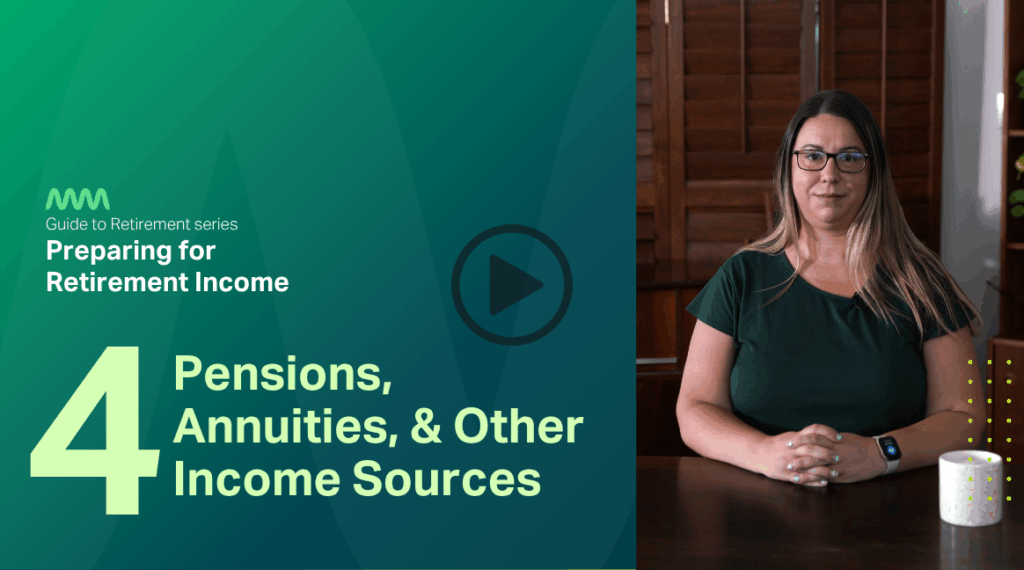One of the most common questions in Canadian finance is: “Should I save in a RRSP or a TFSA?”
We can’t make the choice for you, but here are a few general guidelines.
- If you’re middle income or above and your main goal is retirement savings, RRSPs are often a great place to start. You’ll benefit from the upfront tax deduction.
- If you’ve already maximized your RRSP, a TFSA can be a smart additional savings vehicle.
- If your income is under $50,000—or you’re nearing retirement and might qualify for GIS—a TFSA may be a better first choice. That’s because TFSA withdrawals don’t count as taxable income, so they won’t reduce your GIS or other income-tested benefits. In fact, the government designed TFSAs to be a more efficient saving tool for Canadians on the lower income.
Whichever account you choose, be careful not to overcontribute.
Here’s how to avoid that:
- Check your contribution room using the Canada Revenue Agency (CRA) website
- Track your contributions carefully, especially if you have accounts at multiple institutions
With Common Wealth, you can always see your contributions for the year by account type.



